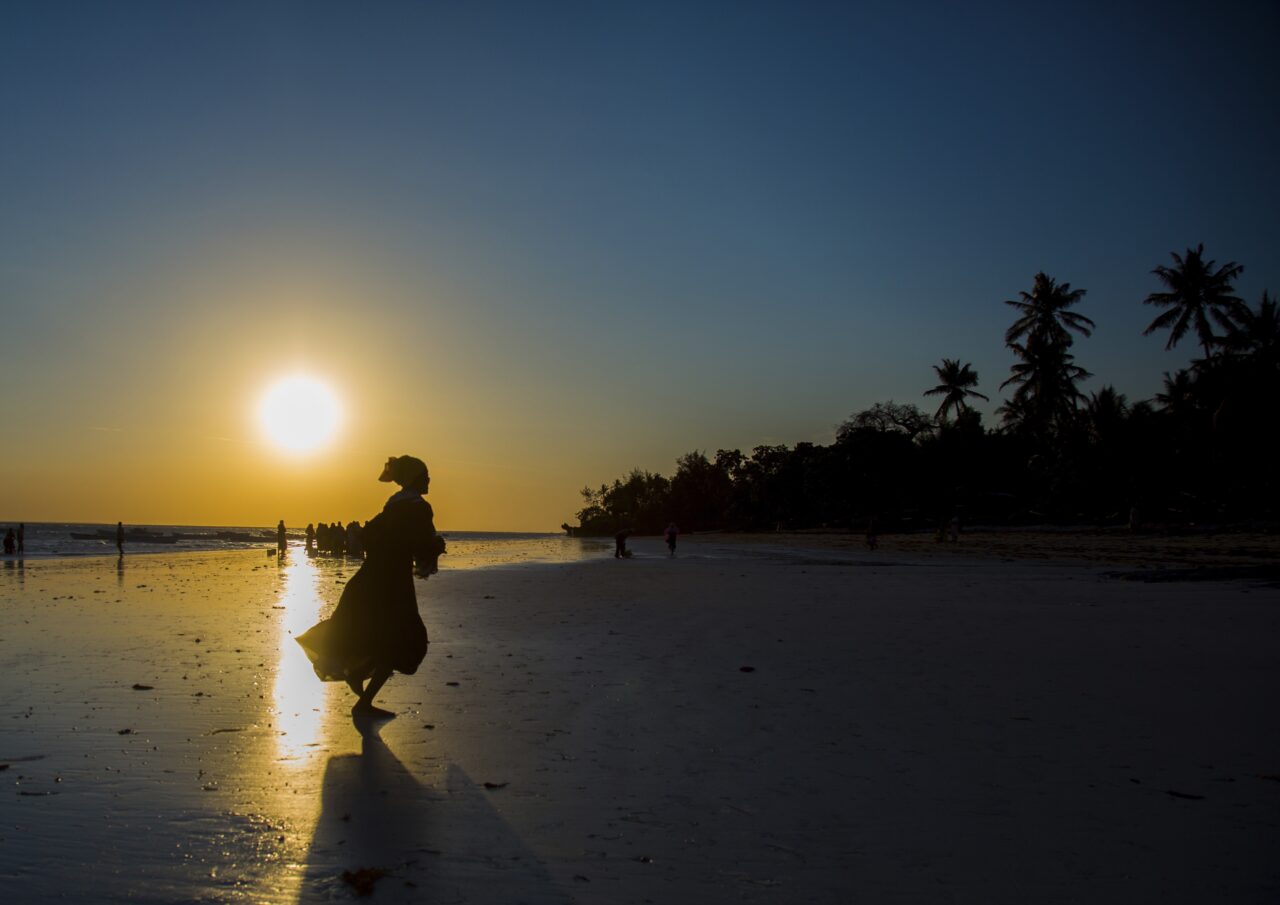
In encountering this history so viscerally, I was repelled by the language of objectivity and the callousness of facts.
What would the past look like without “fact,” I thought, without “objectivity”?
Alternatively, poetry became a language of possibility, of recovery, of an attempt to hold what should not be held.
As I continued to encounter ethnographic collections with heritage and ancestral human remains from my home country, I became convinced that to engage this history, I could not use the language of dimensions, inventory, specifications, and fact. I turned to poet Audre Lorde’s timeless epitaph: “The master’s tools will never dismantle the master’s house.”
I also turned to other Black feminist theorists who dared dream beyond a world of “reason” and “rationality,” such as Saidiya Hartman, Dionne Brand, Katherine McKittrick, Octavia Butler, Grace Nichols, Una Marson, and Toni Cade Bambara. I wrote accompanied by these Black women who refused to be resigned to the margins, who refused the imprisonment of defeatist narratives.
I set out to merge the findings of my historical practice with the elusive language of poetry. The archive became the construction site, the playing field where I would attempt to tune into the frequency of marginalized voices—not to give them a voice but to find a way to hear them better.
CONSTRUCTING AN ALTERNATIVE ARCHIVE
In my experiences in museum storage rooms, laboratories, and university collections, I could never find stories of people who looked like me. The archive was a burial site. I mourned the death of stories, lamented over the empty page, and plotted how to go against my historical training.
In trying my own hand at an archive, I use imagination to make up the walls, speculation to put in the flooring, and poetry to fill in the bare shelves.
Take, for example, the poem “An Imagined Monograph for Nongqawuse.” I first learned of Nongqawuse’s account in a history course on South Africa. The story of a 19th-century Xhosa prophetess who led a pivotal cattle-killing campaign amid British colonial resistance campaigns struck me. Her story is well known but shrouded in mystery, judgment, and shame. Poetry allowed me to imagine her passing through the “hall of history,” the way she “enters the archive / under the weight of shame, / soaked, she shuffles in with / endless rivulets of blood / embedded in her small palms.” Through poetry, I could imagine her human condition along with her categorization in history. In this iteration, she became more than a disgraced historical figure.
In “Coastal Eden,” I interrogate Creationist narratives and the blame often assigned to “First Women.” I imagined Eve’s internal thoughts amid this blame, how she may have resided in the garden, “in tears, / wanting to know why her / and not the tree.” Poetry gives these historical women voices, as well as counterarguments to the accusations hurled against them.
Not all my experiments have distinct historical figures. In some, I listen for and try to sense unknown women. “The Visit” and “Nameless Woman” both use the conceit of a blurred, shapeless figure to try to capture the experience of working in archives and museums. In “The Visit,” I imagine how this figure “sits in the corner, / outlined faintly by the soft glare of the moon. / she does not wear clothes, no nightrobe, no plush slippers. / there is no spine to turn, no torso to twist, only the / sobbing.” Similarly, in “Nameless Woman,” the unknown speaker uses direct address to describe how her “body has folded into itself / sprouted brown mold, like rotting fruit / dropped almond, fermented sugarcane.” The poetic voices of uncertainty show what researchers, descendants, activists, practitioners, and mourners face when looking for African women in historical records.







